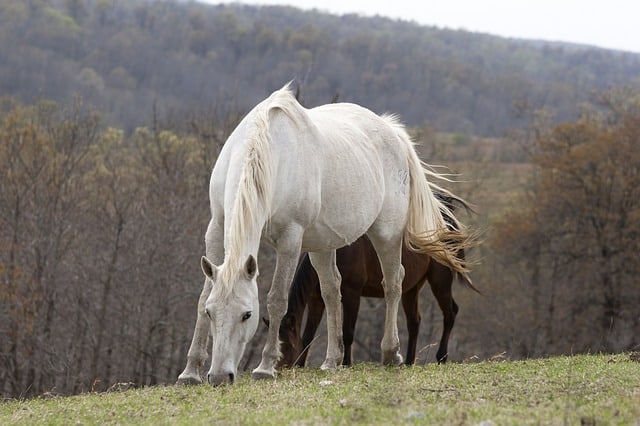
Every year there are a number of cases of poisoning due to horses eating vegetation that is toxic to them, many cases result in death. As Autumn marches in each year it is important for horse owners and keepers to be aware of falling leaves and seeds and the possibility of this seasonal poisoning problem.
It was back in 2014 that we were really made aware that Sycamore trees were not a healthy snack option for our equine friends especially the seeds. During the Autumn of that year there was an outbreak of over 100 cases of poisoning from ingestion of the leaves and seeds and most of these cases resulted in the death of the affected horses. Known as Equine Atypical Myopathy (ATM) it was a relatively uncommon problem in Ireland with only a few cases recorded and a much higher incidence being reported in the U.K. and Northern Europe.
Introducing The Villan – The Sycamore Tree.
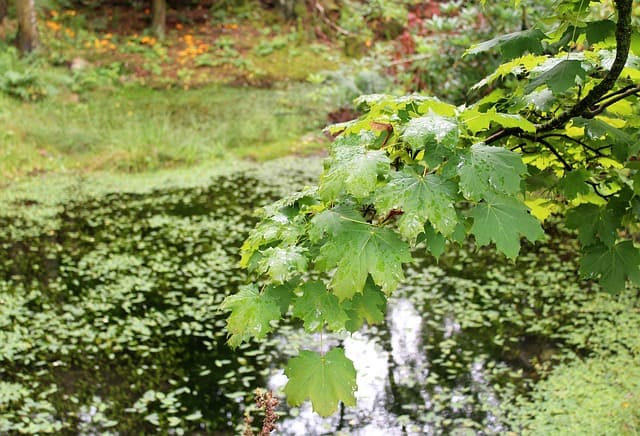
The offending Sycamore tree (Acer pseudoplatanus) is not a native tree in Ireland but was thought to have been introduced in the 18th century. It is of the genus Acer and a relative of the Maple tree. While red maples have been proven to be toxic, it is unclear if the entire Acer genus is toxic to horses. With much hybrid breeding to produce ornamental trees for the garden it can be difficult to identify what is a true Acer pseudoplatanus or a close relative. As it is still unclear as to the toxicity of all its relatives, and not all of us are arborists with the skills to identify individual trees, it is wise to play it safe and keep our horses away from any suspect tree.
The leaves of the sycamore tree are relatively easy to identify they have 5 lobes and measure between 7-16 cm. The fruits are often referred to as “keys” or “helicopters” and have a distinctive winged structure. In spring the seedlings first show 2 seed leaves quickly followed by the characteristic shaped leaves. While all parts of the tree contain the toxin “hypoglycin” it is most concentrated in the seedlings, which can be easily covered up with grass by grazing horses. The seeds come in a close second and once shed can also be eaten while grazing. Fallen and fresh leaves pose a threat to horses that eat them, some develop a taste for trees and thus would be more at risk as they are likely to ingest larger amounts by choice.
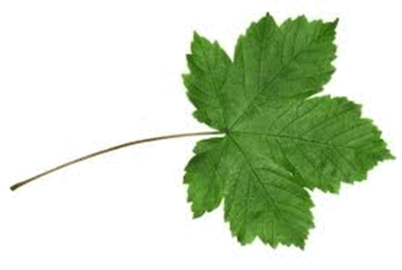
A combination of weather conditions can cause the levels of the toxin to vary from year to year and can influence the volume of seed produced and seedlings that germinate. Years where high numbers of cases are identified tend to coincide with these favourable conditions. In 2014 it coincided with a dry autumn that allowed stock to graze later in the year than in a normal autumn thus bringing them into a situation where falling supplies of grass coincided with an abundance of seeds. This was also combined with windy conditions that blew leaves and seeds off the trees into the fields. So in cases where horses were not being fed an alternative form of roughage or were out on an average for more than 12 hours at grass they were drawn to forage on the sycamore.
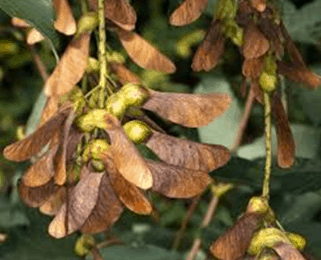
In a recent article published in the equine veterinary journal (1.#Reference) it was found that the grass sampled in areas where numerous seedlings were growing also showed high levels of the toxin. This could support the theory that the toxin is soluble and explain why some isolated cases have been found in fields bounded by streams and rivers with no sycamore trees present.
1# Reference; (Atypical myopathy‐associated hypoglycin A toxin remains in sycamore seedlings despite mowing, herbicidal spraying or storage in hay and silage)
S. González‐Medina F. Montesso Y.‐M. Chang C. Hyde R. J. Piercy
Symptoms of Sycamore Poisoning.
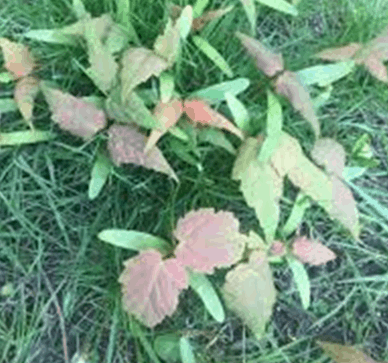
Horses that are affected by ATM have about a 50% chance of survival if they are diagnosed at an early stage. As some cases are easily misdiagnosed as colic it is not always identified in time. Hence the need to be observant and, as with all horse related illness, to act quickly.
Affected horses suffer muscle damage particularly in the muscles that enable the horse to stand, the muscles that allow breathing and the heart muscle. As a result, horses can display a range of signs:
- muscular weakness and stiffness,
- dark urine,
- fatigue,
- colic-like signs,
- shivering,
- sweating and trembling,
- rapid heart rate,
- laboured breathing.
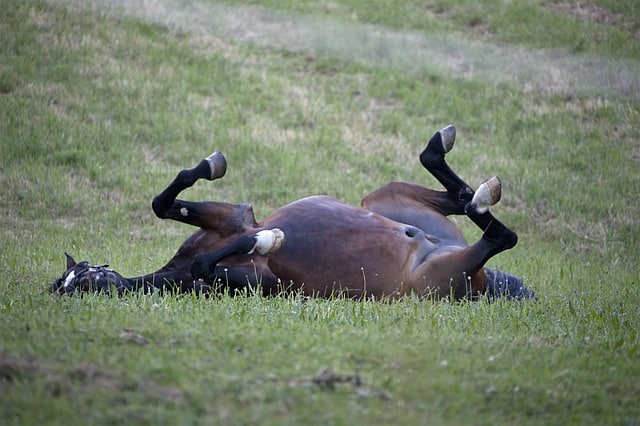
One of the most reliable signs is the presence of red or brown urine. The red or brown colour is caused by the presence of muscle pigment (myoglobin) which is released from damaged muscle cells into the blood and is then removed by the kidneys.
Diagnosis & Treatment of Sycamore Poisoning
Vets may base their diagnosis on clinical examination and the horse’s recent grazing history. The presence of muscle damage can be confirmed by measuring levels of enzymes (such as creatine kinase or CK) in the blood that are released from damaged muscle cells. One of the most reliable signs is the presence of red or brown urine. The red or brown colour is caused by the presence of muscle pigment (myoglobin) which is released from damaged muscle cells into the blood and is then removed by the kidneys.
In a horse that shows clinical signs of ATM and has been grazing near Sycamore trees, this is a good indicator. Treatment will require hospitalization. The success depends on how far the damage has progressed. So do not delay in calling your vet.
Protecting Your Horses from Sycamore Poisoning.
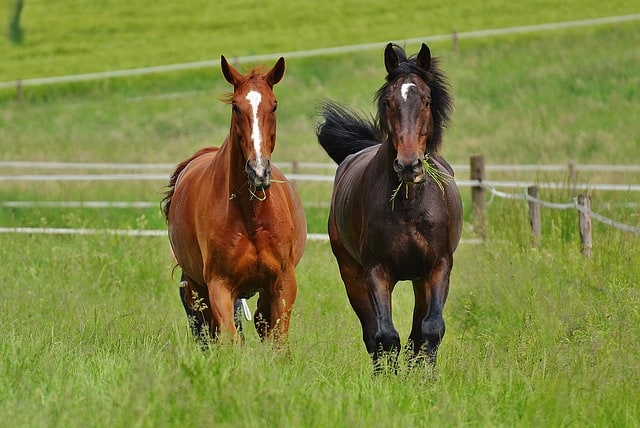
Statistically it appears that young horses are most at risk when grazing, they may be more “experimental” in their foraging habits than older horses. Some theories suggest a resistance to the toxin in mature horses but this has yet to be proven and the statistics could be coincidental as many young horses winter out. Mature horses are by no means immune to the toxin, they may just be housed earlier or just be more selective in their grazing habits. Horses that are new to a pasture also figure high in the statistical analysis of horse type, as do those that spend over 12 hours at grass with no additional supplementary forage such as hay. One thing is sure, a lack of quality grazing can force horses to look for additional fibre and lead them to eat things that they normally would not. So what can you do to protect your horses?
The obvious thing is to remove the cause. While it is not always environmentally sound or practical to go chopping down every tree that looks like a sycamore just in case, it is possible to take a few precautions during the early spring and the autumn;
- Reduce stocking density to ensure plentiful supply of grass.
- Reduce turn out time to less than 6 hours per day.
- Supply additional forage in the form of hay.
- Fence off areas where seeds and leaves have fallen.
- Use a hoover to collect seeds and leaves as they fall.
- Regularly inspect pasture for blown seeds and leaves.
- Use a selective herbicide on seedlings in the spring and wait for them to decompose before grazing or mow areas where seedlings are growing and collect the mowing.
- Remove horses from fields where sycamores are present and graze with other stock to utilize the grass.
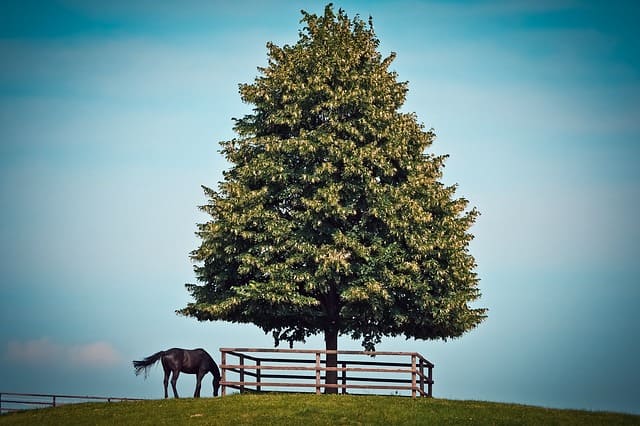
In Conclusion.
Be observant and use common sense, if trees are laden with seeds in early autumn then it is likely that a lot more seeds will fall so take extra care.
If there are storms and large amounts of seed and leaf fall again take extra precautions. If there are a large number of seeds in the autumn then be prepared for numerous seedlings in the spring and take appropriate action. Most of all do not leave your stock out on bare pasture in spring or autumn without additional forage supply.
This Article was originally published in the October 2019 Issue of Irish Sport Horse Magazine. Jessica Soley BHSI is a level 5 performance coach and senior assessor for the British Horse Society. Having competed and run her own competition yard she is now an Equine Tutor for QQI Equine courses at level 5&6 run by KWETB in Kildare.
